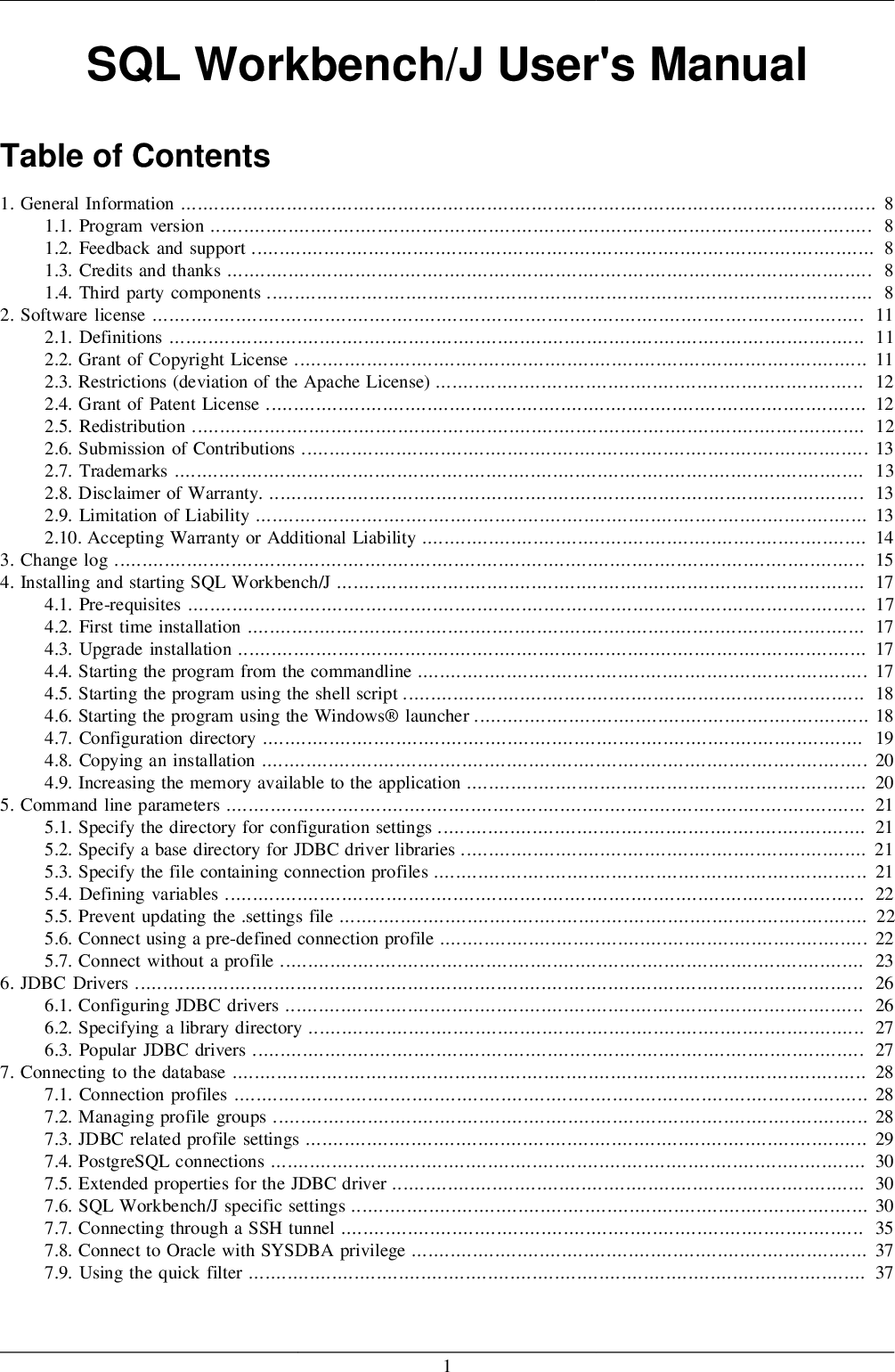

- #Q dir takes long time to read folder contents how to
- #Q dir takes long time to read folder contents full
- #Q dir takes long time to read folder contents code
Number_of_rows = sample(100:500, size = 25, replace = FALSE) # Check if the folder "Raw Data" exists in the working directory, if it doesn't exists create it

# Set the working directory to any folder in your computer
#Q dir takes long time to read folder contents code
Ifelse(!dir.exists("Data"), dir.create("Data"), "Folder exists already")Ĭopy the code below and write the R code to complete the exercises in the lines highlighted #Check if the folder "Data" exists in the current directory, if not creates it #Check if the file "raw data.csv" exists in the working directory , *, $ these are called metacharacters in regular expressions. If you want to learn more about regular expressions you can watch these two videos: Regular Expressions in general and Regular Expressions in R. If you’re wondering what are the symbols ^. List.files(pattern = "^Product(.*)xlsx$") #list files that start with the word "Product" followed by anything and ending with the word "xlsx": #list all files that contain the word "Product" If you get a very long list, you can filter the results using the pattern argument of the list.files() function
#Q dir takes long time to read folder contents full
#get the full name (path and file name) of each file #list of subfolders and files within the subfolders List.files (path = "C:/Folder/Subfolder1/Subfolder2") (This can take an extremely long time to complete. In order to show contained items, you need to specify the -Recurse parameter as well. You might also want to create a list of all the files or folders in a directory The command lists only the directly contained items, much like using Cmd.exe's DIR command or ls in a UNIX shell. For instance, if your current directory is the root directory 'C:\>,' this command lists every file and directory on the C: drive. Recursively lists files and directories in the directory, and in any subdirectories. Creating a list of files and folders in a directory List only files with the read-only attribute. For example, using a search pattern of '1.txt' will return 'longfilename.txt' because the equivalent 8.3 file name format would be 'longf1.txt'. Tip: If you are using RStudio you can use the shortcut Ctrl + Shift + H to browse to the desired directory. Because this method checks against file names with both the 8.3 file name format and the long file name format, a search pattern similar to '1.txt' may return unexpected file names. Setwd(paste0(getwd(), "/Statistical Analysis")) #Set the working directory to a subfolder within the current working directory For example, let’s say you want to set the working directory to a subfolder called “Statistical Analysis”: If you want to setup the working directory to a subfolder within your current working directory you don’t have to specify the whole path. Setwd("C:/Documents and Settings/Folder name") To search for a specific set of files or folders, use the query string q with files.list to filter the files to return. Search for specific files or folders on the current user's My Drive. Use the files.list without any parameters to return all files and folders.
#Q dir takes long time to read folder contents how to
Therefore, the first thing you need to know is how to get and setup your working directory. Search for all files and folders on the current user's My Drive. Unless you specify it otherwise, all files will be read and saved into the working directory. In this post I’ll cover how to work with files and folders in R.


 0 kommentar(er)
0 kommentar(er)
